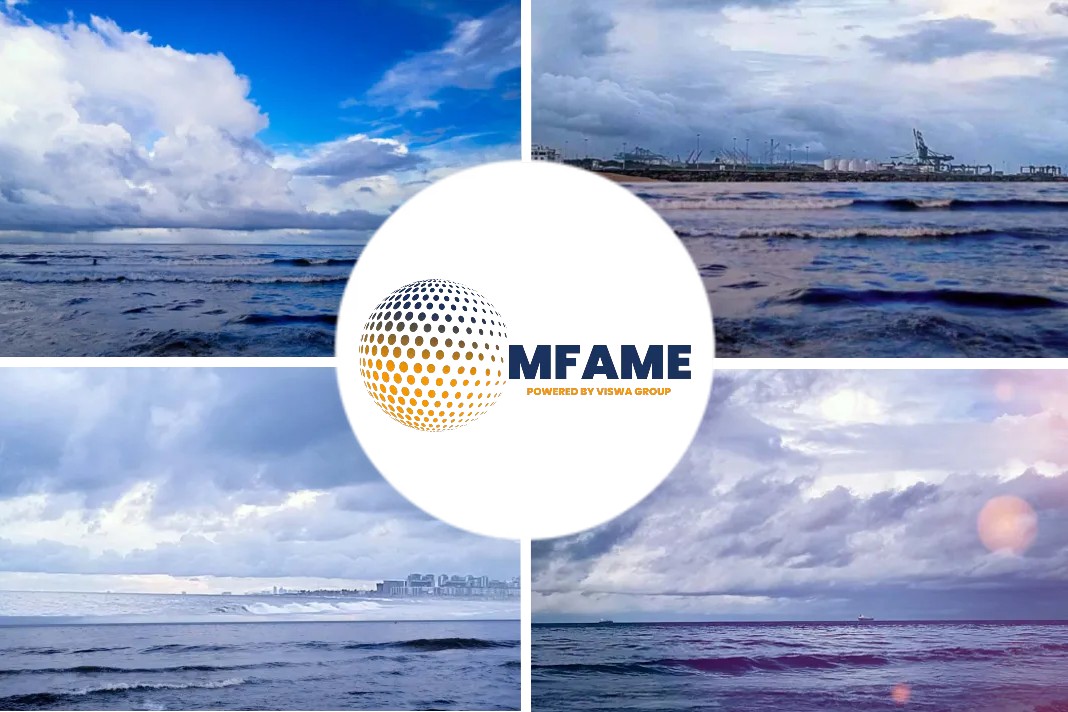Credits: Sea cruises
According to a recent analysis by Transport & Environment (T&E), European shipping emissions witnessed a 3% growth last year, signalling a steady approach towards pre-pandemic levels within the industry, reports SeaNews.
Significant increase in cruise ship emissions
The study highlights a significant increase in cruise ship emissions compared to the previous year, while the transportation of LNG by a substantial number of vessels played a notable role in driving up emissions. T&E warns that the industry is moving perilously closer to a critical tipping point, emphasising the urgency for action.
Jacob Armstrong, shipping manager at (T&E), said: “Carbon emissions are at a three year high as shipping companies continue to go all guns blazing. Europe’s shipping giants are up there with coal plants and airlines as the continent’s biggest polluters. But while everyone has heard of Ryanair, the average person doesn’t even know who MSC is. Without stricter regulations, shipping companies will continue to spurn investments in efficiency and green fuels. The industry is quickly moving to a point of no return.”
In the previous year, ships that visited European ports collectively released nearly 130 million tonnes of CO2 emissions. Among these emissions, cargo ships accounted for the majority. Notably, MSC, the world’s largest shipping company, emerged as the largest carbon emitter in Europe. The Swiss-based industry leader discharged approximately 10 million tonnes of CO2, ranking as Europe’s 11th largest polluter overall. Following MSC on the list of shipping emitters were CMA, CGM, Maersk, COSCO and Hapag-Lloyd.
Disruptions to international travel
In 2022, cruise ship emissions experienced a nearly twofold increase compared to the previous year, reflecting the effects of disruptions to international travel.
Notably, the MSC Grandiosa emerged as the most polluting ship, accounting for over 130,000 tonnes of CO2 emissions, equivalent to the emissions produced by a small town. The significant increase in cruise ship emissions underscores the environmental impact of the industry during a year marked by travel disruptions.
One of the prominent trends in cargo shipping during 2022 was the notable rise in the volume of liquefied natural gas (LNG) shipments, which experienced a substantial growth of 58% compared to the previous year. This surge can be attributed to Europe’s intensified sanctions on Russian oil, leading to an increased import demand for LNG.
However, this surge in LNG shipments also resulted in a significant increase in seaborne emissions, contributing to the overall emissions associated with the shipping industry.
Did you subscribe to our newsletter?
It’s free! Click here to subscribe!
Source: SeaNews
















